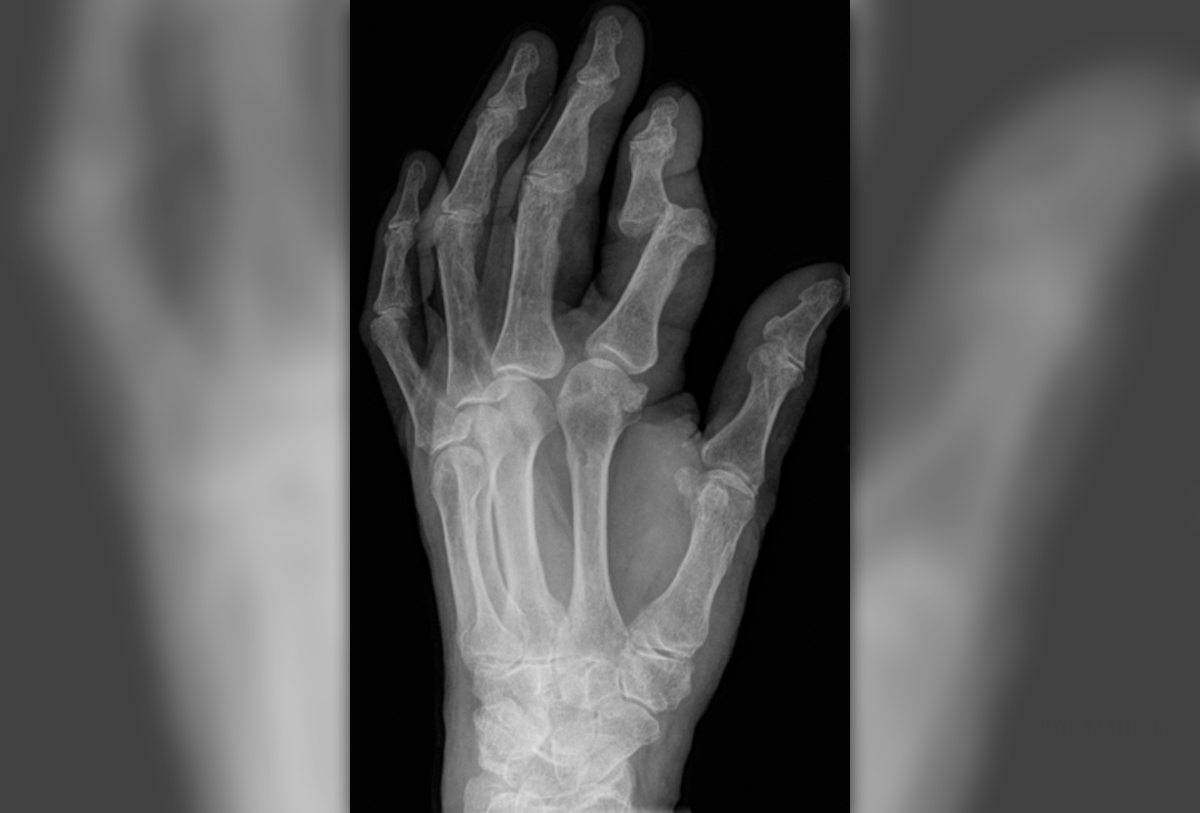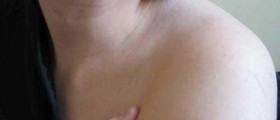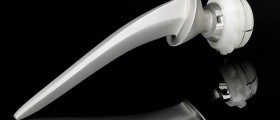Dislocated finger is a type of injury in which one of the bones in a finger dislocates from its normal position. This injury may affect every finger. Still, it most commonly affects the middle knuckle of the little finger. It is also frequent injury of the ring, middle, and index finger while dislocation of the thumb rarely occurs.
Dislocation of a finger is typical for many vigorous sports activities. It may also occur as a consequence of a fall onto the outstretched hand. The injured finger looks crooked and is swollen. The injury is rather painful. The goal of the treatment is to return the dislocated part of a finger to its original place, reduce further damage to the nearby structures, and prevent permanent disability.
Diagnosis and Treatment for Dislocated Finger
Once the injury has occurred, the person is supposed to remove rings from the affected finger since swelling, which follows, may prevent later removal of the jewelry. Right after the injury, a person may use cold compresses and wrap the finger with them to reduce swelling and pain. The hand is supposed to be held in an elevated position.

A doctor may set the diagnosis after examining the injured finger. Still, definitive conformation requires an X-ray of the injured finger. This way, a dislocation is definitively confirmed. X-ray of the injured finger also gives excellent insight if there is an additional fracture of the injured bone.
Patients may be injected a local anesthetics to alleviate the pain. Local anesthesia is also important since the doctor performs realignment of the injured bones.
The finger may be placed in a protective splint, and additional pain is reduced by painkillers. If finger ligaments are sprained or partially torn the treatment includes splinting of the finger and early exercises which will reduce the stiffening of the finger joints. Some patients are supposed to wear a brace which prevents complete straightening of the injured finger and allows partial bending. The brace is usually worn for 4 weeks.
In serious dislocation such as the one which includes the volar plate rupture the injury is treated surgically. To estimate the process of healing, the doctor performs one more X-ray, and this way confirms the successful realignment of the finger.
Dislocated Finger - Recovery Time
In case of conservative treatment, the recovery lasts approximately 3 to 6 weeks. After the removal of a splint, the patient must start with specific exercises prescribed by a well-experienced physical therapist. Swelling of the injured finger may linger for a certain period of time.
If the finger has been operated a splint is worn for 3 to 4 weeks, and postoperative physical therapy is obligatory. Full recovery after the surgery is achieved after 2 to 3 months.
- Finger dislocations can involve the MCP, PIP, or DIP joints and may occur in the dorsal, volar, or lateral planes. Dislocations are categorized according to the position of the distal bone relative to the more proximal bone.
- Hyperextension or high-energy axial loads at the MCP joint can result in dislocation. MCP joint dislocation infrequently occurs because of the protection against hyperextension by the volar plate and radial and ulnar deviation by the collateral ligaments. The most common MCP joint dislocation is the index finger. MCP joint dislocation of the middle finger occurs more frequently when it is subjected to ulnar stress while in hyperextension.
- From 2004 to 2008, approximately 166000 finger dislocations received treatment in US Emergency Departments. Most dislocations occur between fifteen and nineteen years of age and affect African Americans more than other racial groups. They occur most commonly in basketball and football players.
- Examiners must perform a complete history, which includes risk factors such as Ehlers-Danlos syndrome, mechanism of injury, handedness, previous finger injuries, occupation, and hobbies. Ample lighting should be used to examine the hand for skin integrity, ecchymosis, swelling, or bony deformity. If skin integrity becomes compromised due to laceration or abrasion, the examiner's goal is to evaluate in a bloodless field if possible.
- Treatment of MCP, PIP, and DIP joint dislocation may be operative or nonoperative depending on the ease of reduction, post-reduction stability, or involvement of the volar plate or other stabilizing structures. Before any reduction, a digital nerve block using lidocaine, bupivacaine, or tetracaine injected at the dorsal base of the dislocated finger will provide immediate anesthesia.
- www.cuh.nhs.uk/patient-information/finger-dislocations/
- medlineplus.gov/ency/article/000014.htm
- Photo courtesy of Hellerhoff by Wikimedia Commons: commons.wikimedia.org/wiki/File:Finger004.png

















Your thoughts on this
Loading...